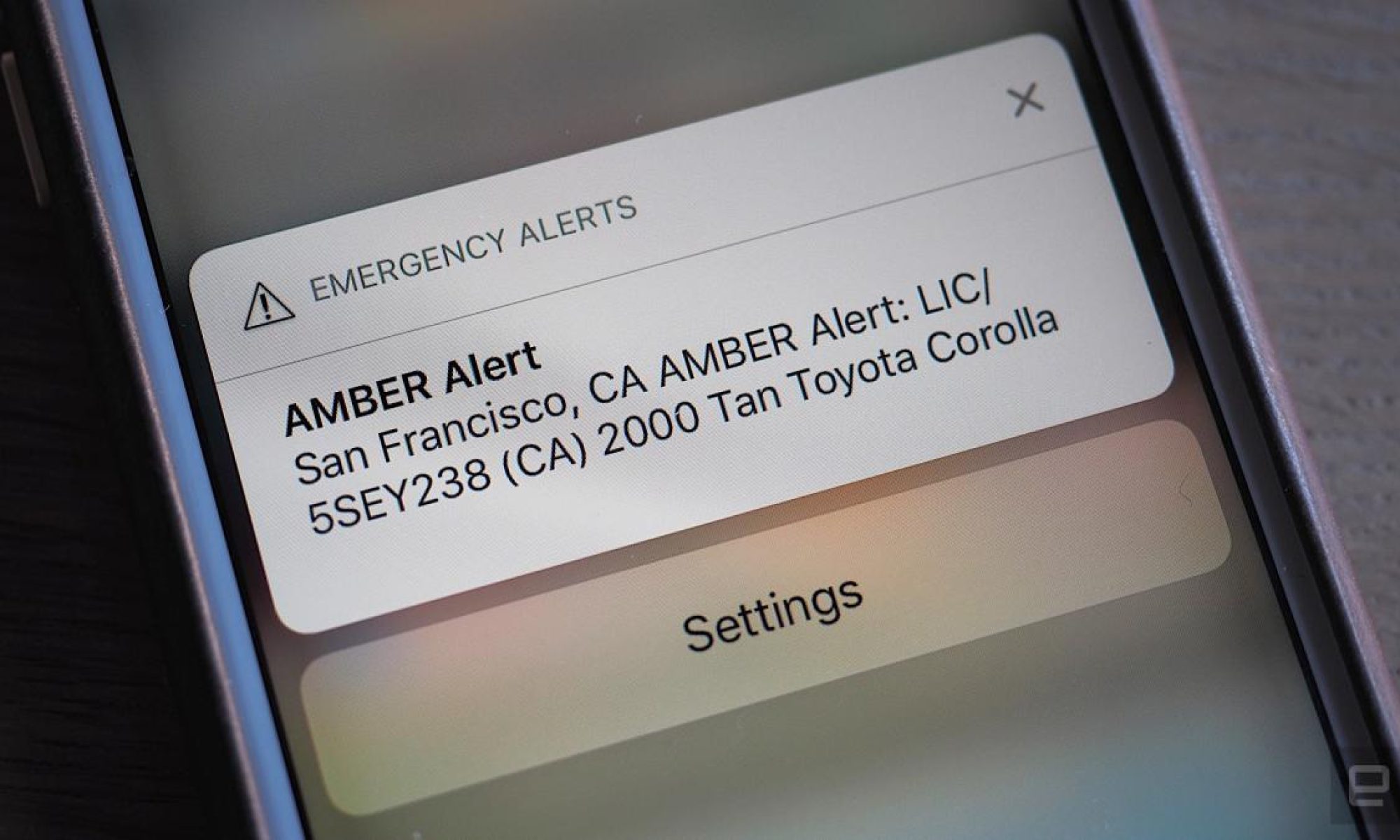The biggest risk currently is that we found out that the main camera module we purchased seems to be broken, which means we need to get a replacement working as soon as possible. Our backup camera is detecting, but is acting very weird, taking extremely blurry photos of a certain solid color, and the images are completely unusable. We’re currently planning to use a simple usb webcam temporarily for the demo and to get a working replacement.
We have made no changes to our design, or anything major to our schedule, since we expect getting the camera working in our code once we have a working one will be relatively quick. The change that was made to our schedule was mainly working around the faulty cameras, but after our problem is addressed, should be ok.
Outside of the camera issues, we have gotten the rest of the pipeline operational and tested, meaning it is ready for the demo and MVP.
